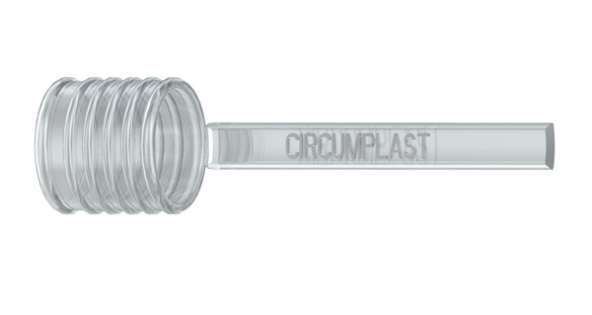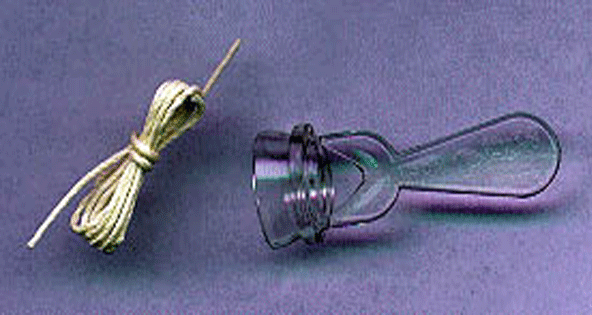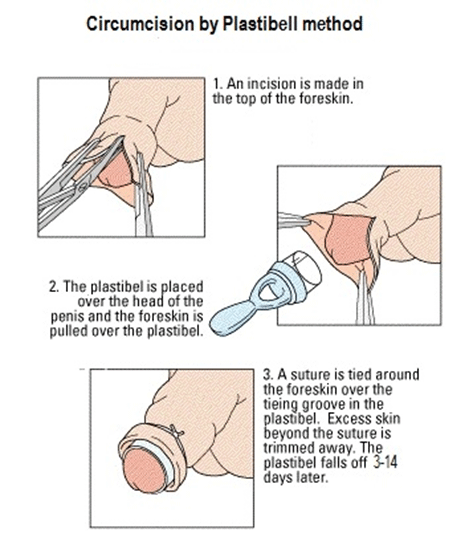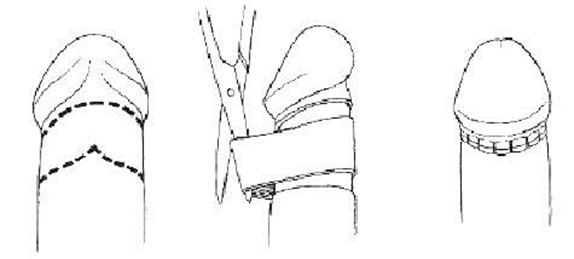NEWBORN BOYS CIRCUMCISION BY RING METHOD Circumplast or Plastibell rings
Circumcision Clinic Cardiff is a leading private clinic in Cardiff which performs religious and medical circumcisions for male infants, boys and adult men of all ages. The clinic is fully approved by the HIW (HealthCare Inspectorate Wales).
The Circumcision Clinic Cardiff is set up by Dr Anwar Khan FRCS (Edinburgh) (performed over twenty two thousand procedures) to benefit the people of Cardiff and surrounding areas.
The clinic offers patients and their families a professional circumcision service. It is a private male circumcision centre based in Cardiff that caters for all the circumcision requirements for all ages of male infants, young children and adults.
The patients and their families are offered an all-round care package in terms of preoperative and postoperative support and assistance. A thorough professional service with the use of the best techniques is used to assure a safe and satisfactory outcome to all patients who choose to use our services.
CIRCUMCISION METHODS
Male circumcision is one of the oldest and safest procedures.
It is defined simply as the surgical removal of a fold of skin (the `foreskin’ or `prepuce’) that covers the head (glans) of the un-erect penis.
The procedure is pain free because it is carried out under local anaesthesia. Local anaesthetic cream (EMLA or LMX4) is applied before the local anaesthetic injection is injected into the base of the penis.
Any of the techniques mentioned below can be used depending upon the clinical indication of each individual patient.
RING METHOD (CIRCUMPLAST/PLASTIBELL)
Ring Method (Plastibell/Circumplast) is the most popular and common method of circumcision which is highly recommended and suitable for infants and young boys unless indicated otherwise.

Circumcision by Circumplast method

PLASTIBELL

The Circumplast or Plastibell is a clear plastic ring with a handle and has a deep furrow running all the way around it. It provides a “no scalpel” circumcision technique in that the foreskin is not cut off the penis during the procedure, but at the end of the procedure.
The adhesions between glans and foreskin are divided with an artery forceps. The foreskin is then cut longitudinally starting at the distal end dorsally to allow it to be retracted so that the glans is exposed. The appropriate size of either the Circumplast (available in 4 sizes) or Plastibell (available in 6 sizes) is chosen and placed on the head. The foreskin is then pulled over the ring and a ligature is tied firmly around the foreskin, crushing the skin against the groove in the Circumplast / Plastibell. The handle is broken off at the end of the procedure and finally the excess skin protruding beyond the ring is then trimmed off.
The entire procedure takes about 5 to 10 minutes, depending on the experience and skill of the operator. The compression against the underlying plastic shield causes the foreskin tissue to die off and thus the ring falls off in 3 to 14 days leaving a smooth circumferential wound that will heal over the following week.

Chemical (Silver nitrate) or electro-cautery (bipolar diathermy) is used to control minor bleeding during the procedure.
The recognised but rare potential risks of the procedure are: bleeding, infection, ring displacement / retention (can be easily managed by the surgeon) and residual excess skin remaining.
SLEEVE RESECTION METHOD
It is quite a common method of circumcision and only takes around half an hour to perform. It is appropriate for infants, young boys and adults, though it is more suitable for young boys and adults.

This involves incisions made with a scalpel in both the outer and mucosal surfaces of the foreskin. First the foreskin is slid back along the shaft and a freehand cut is made around the shaft as far back as the scar line is to be placed. The foreskin is then returned to cover the glans and another cut is made around the shaft at the same position along its length as the first. A longitudinal cut is made between the two circumferential cuts and the strip of skin is removed. Any bleeding during the procedure is stopped with the use of Bipolar Diathermy (electrocautery). The two edges are then pulled together and fine absorbable sutures on an atraumatic cosmetic surgery needle are applied. At the end of the procedure the wound is first covered with Jelonet (a gauze lubricated generously with petroleum jelly) and finally by a clean gauze on top.
The recognised but rare risks of the procedure are: bleeding, infection, and residual excess skin remaining.
CIRCUMCISION POSTOPERATIVE CARE
Circumcision is a minor surgical procedure that requires little postoperative in the first few days to prevent any problems.
Bleeding is the main complication – though rare, it is possible following the procedure. Significant bleeding may require a review in a small number of cases. You will be asked to stay for at least half an hour after the procedure after which the infant will be checked again for any active bleeding before you will be allowed to set for home.
In Plastibell/Circumplast method, a dark brown or black area around the plastic ring is perfectly natural and will disappear after the ring has fallen off. The skin under the string may also become soft and yellow, like the umbilical cord stump. In our experience the ring will fall off naturally between the 3rd and the 14th day (being sooner for infants and longer for young boys), leaving a fully healed circumcision. It should not be pulled off under any circumstances.
There may be a little pink or red staining of the nappy for a few hours after the circumcision and again when the ring separates. There can be a few small stains of blood on the nappy where the penis touches the nappy which is absolutely normal.
In case of sleeve resection, the stitches will fall off within 7-10 days and there is no special care that needs to be taken regarding that. Care should be taken when the bandage is being taken off. If it is tightly adhered with the skin then it should be soaked with some clean lukewarm water until it becomes soft and peels off easily. If it is pulled off roughly then it can tear the stitches which can cause opening and disruption of the wound line.
In both the methods, the local anaesthesia wears off in half an hour to few hours after the procedure. You will be advised to give pain control medication (Paracetamol and/or Ibuprofen depending on the age of the patient) for a few days. This will keep your baby pain free.
A detailed written advice sheet according to the method performed will be provided after the procedure.